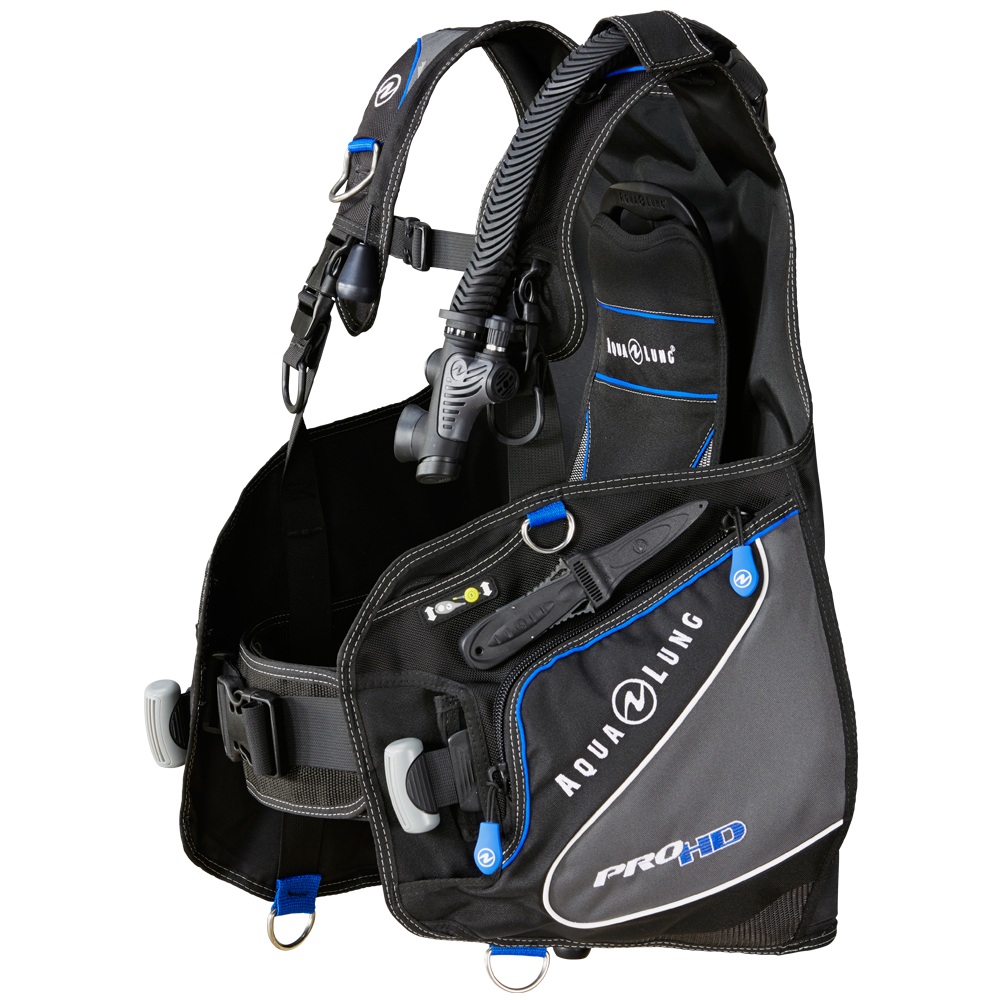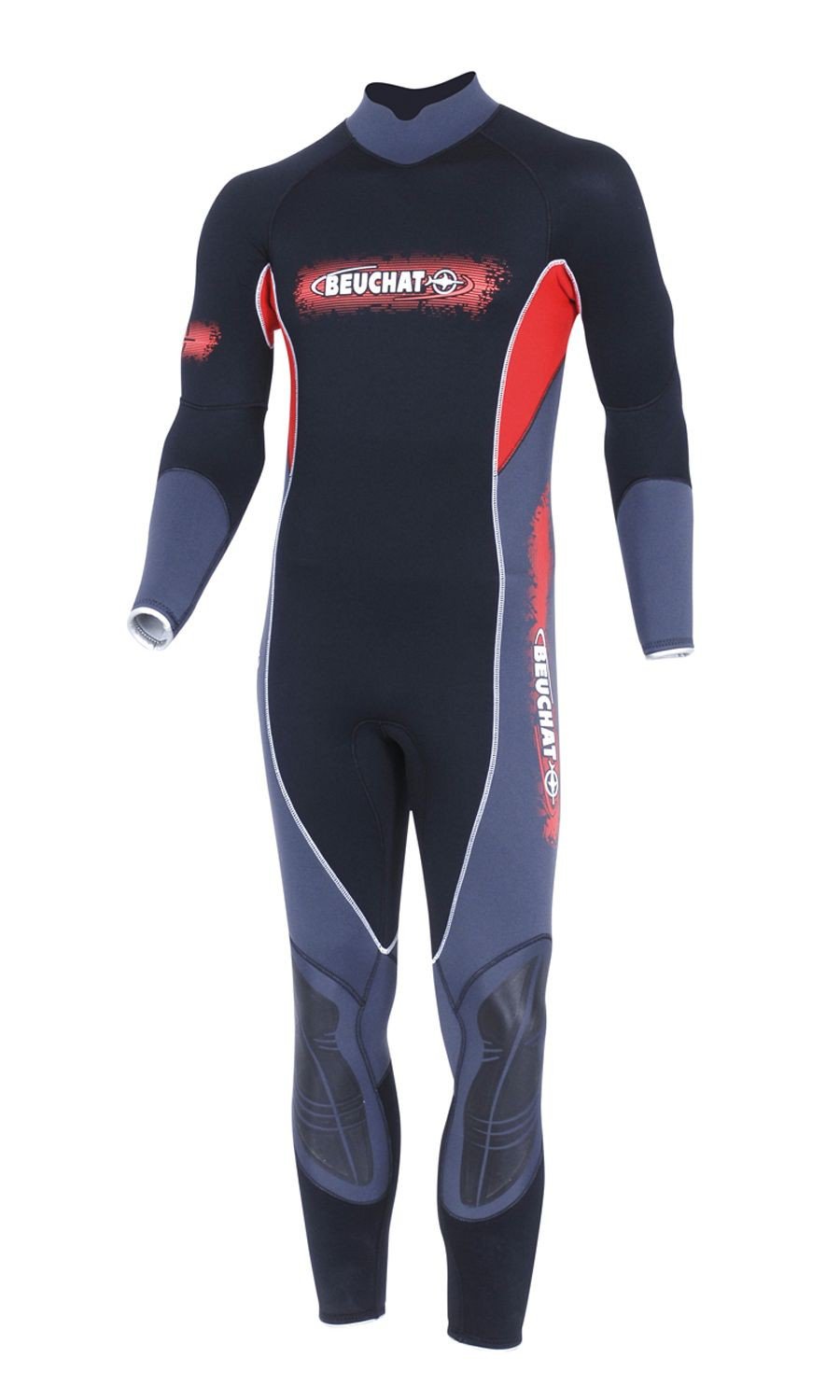Tips for taking care of your Scuba Diving Equipment.

To learn more about how to take care of various pieces of your diving gear, continue reading…
Taking proper care of your scuba diving equipment is imperative after each and every dive if you want to keep your gear in great shape for years to come.
And by maintaining your scuba gear, you’ll be reducing the odds of equipment failure during a dive that would lead to an emergency situation underwater.
Basic protocol involves rinsing off all of your gear with fresh water and then putting the gear in a safe place where it can dry off thoroughly prior to packing it away.
Never leave your equipment in direct sunlight over long periods because sunlight will cause materials to crack, fade, and degrade, and this includes rubber and neoprene.
How to Take Care of Your BCD
Thoroughly wash off your BCD, start by rinsing off the exterior with fresh water before handling the inside.
Salt water will leak into your BCD during a dive via its low-pressure inflator and its dump valves, so don’t neglect cleaning out the interior too.
Drain out all of the water by using a hose. Flush as much fresh water into the bladder of the BCD through the low-pressure inflator as possible.
Hold the deflate button as you flush the water into it, allowing the fresh water to get into your BCD until it has become about ¼ of the way full.
Orally inflate it to let the water circulate throughout the inside of the gear. Shake it to be certain the water can get to every single part of the jacket, and then let the water drain through the BCD dump valves, thoroughly rinsing them off.
Repeat the process a few times. Then inflate your BCD only partially before storing it, as this will effectively prevent the inside pieces from getting stuck together. Keep it hanging in a dry, cool place.
How to Take Proper Care of Your Regulator
As you probably guessed, your regulator will also need to be thoroughly rinsed off using fresh water after your day of scuba diving is complete.
Just be certain that you don’t get any water into the gear’s first stage. The internal parts are vulnerable to damage when they’re exposed to water and moisture, so letting them get soaked will probably end up causing you to have to take your regulator to a professional to get fixed.
Prior to rinsing off your regulator, replace the dust cap, securely fastening it on. Of course, make sure the cap is dry first. Use compressed air that you could get from the cylinder in order to shoot excess moisture out of the dust cap prior to fastening it into place.
Rather than putting the first stage in fresh water to let it soak, just rinse it off completely in the sink. This will prevent water from seeping past its dust cap. Or you can instead completely submerge the regulator with the first stage attached to a pressurized cylinder. This will also prevent water from entering the unit.
Avoid pressing the purge button on the primary second stage or the octopus during the process of washing the regulator. This will let water into the first stage, which you don’t want.
And if you do have hose protectors, be certain you thoroughly rinse beneath them throughout the cleaning process.
Move the low-pressure inflator connector in an effort to get rid of grit, salt, and sand to prevent corrosion and keep the unit performing at its best.
Once you’re all done rinsing off the regulator, it’s best to allow the unit to dry off completely by hanging it up in a safe place. Then simply store it away accordingly.
How to Take Care of Your Wetsuit
You’ll need to wash off—using fresh water yet again—your wetsuit, hoods, gloves, and booties. Wash the outside and the inside.
Hang your neoprene gear to dry thoroughly and then pack it up appropriately. If you fail to let the materials dry all the way through, bacteria and mildew will grow, and the quality of the gear will inevitably degrade. Plus, your gear will end up smelling bad :/
How to Take Care of Your fins, snorkel, and mask
Your fins, snorkel, and mask are pieces of soft equipment that are surprisingly easy to maintain.
But, as with all of your other dive gear, you should rinse these off with fresh water as well. Let them dry off completely before storing them carefully.
A scuba dive mask should ideally be stored into a hard case that will protect its lenses from damage like scratches. The hard case will also prevent damage to the mask as a result of an impact.
You should not store other gear with the mask, such as your compass or dive computer. Doing so could lead to a deformed, squished, or bend silicone seal, which could lead to the shape of the mask being altered, resulting in leaks and making the mask uncomfortable to wear.
When it comes to your fins, hold onto the plastic inserts that came with, as these can be used to maintain the shape of the foot pockets while the fins are in storage.
Never store the fins by simply balancing them on the tips because this will cause damage and distortion, and your fins won’t work as well in the future. Just place them flat or hang them onto a wide peg using the strap.




